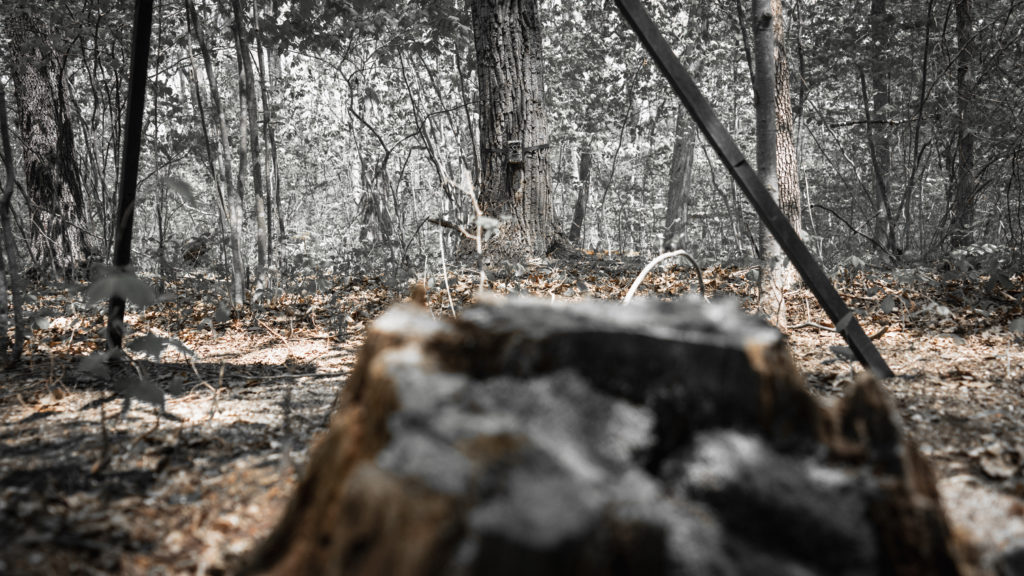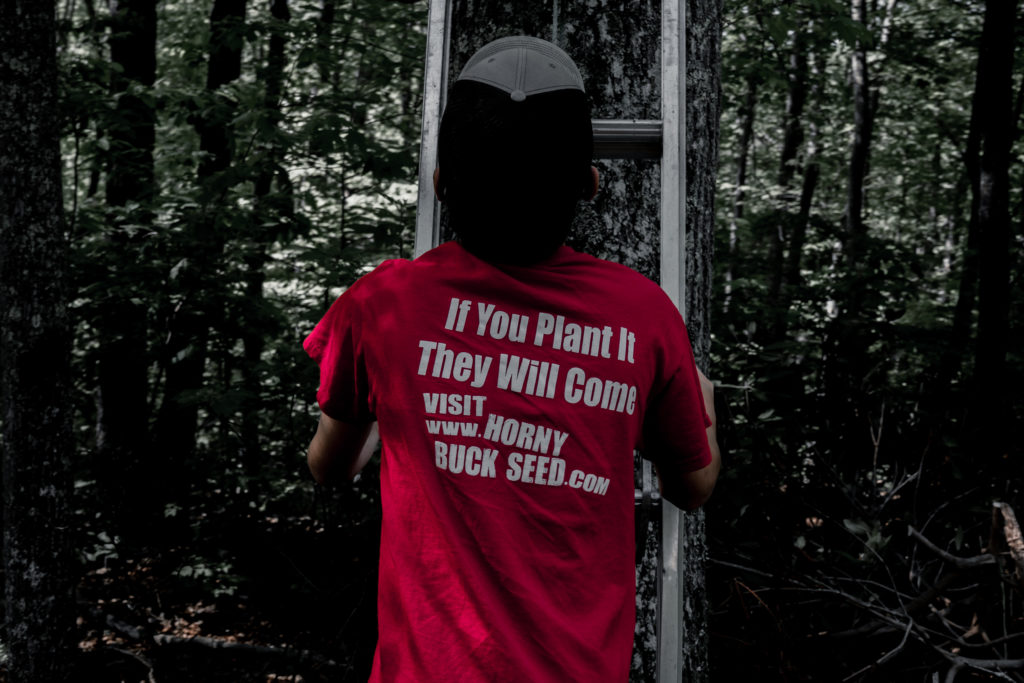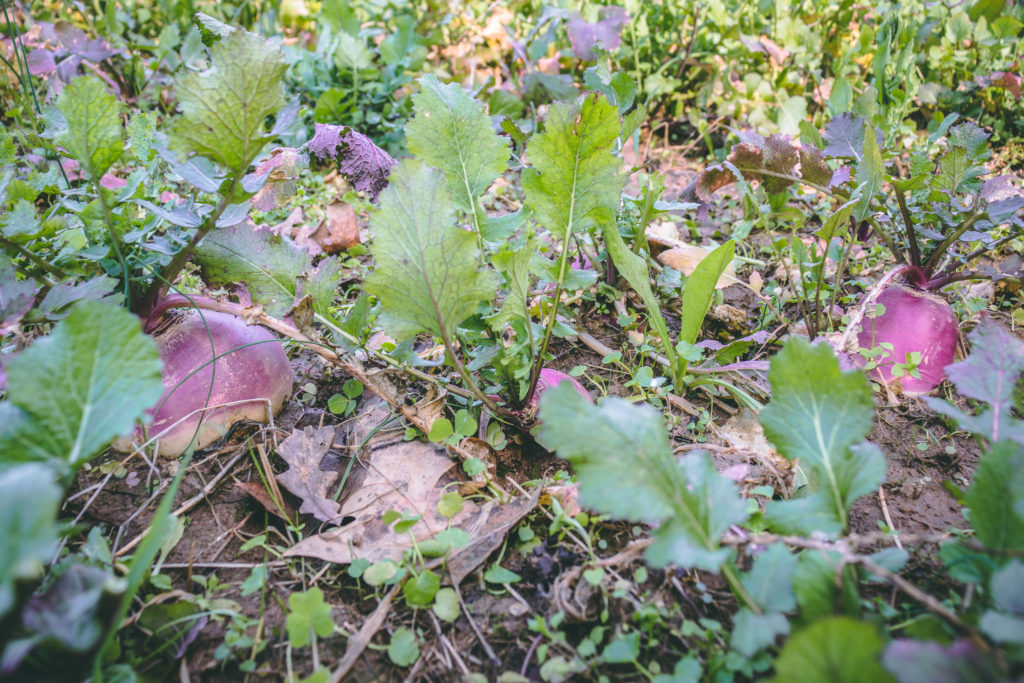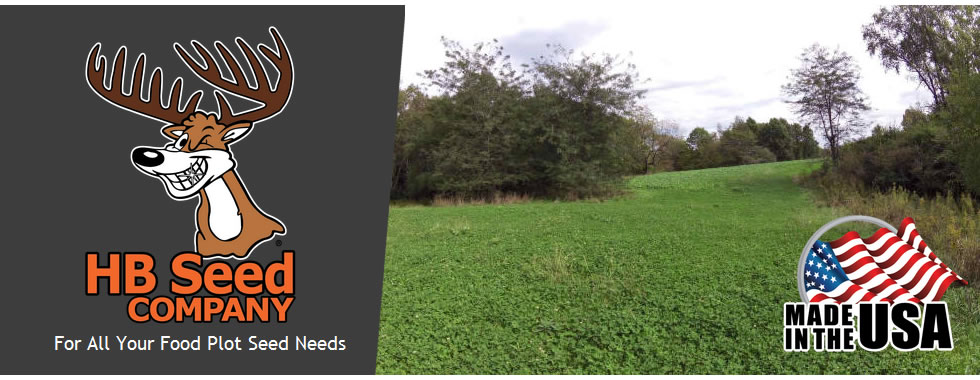Are you fully prepared for the upcoming deer hunting season?
If your answer is somewhere between ‘not really’ or ‘not at all,’ you’re in the right place. Get ready to find out all there is to know about prepping your hunting land.
Whether you’re an experienced hunting landowner or you’ve just bought some land, and you’ve no clue how to prep it, don’t worry; I’ll cover it all. You’ll see that it doesn’t matter if you’re prepping it to enjoy the hunting season yourself or you want to lease your land, just follow my advice, and you’ll have a bountiful deer hunting season.
To get the entire gist on how to fully prep hunting land for the deer hunting season, keep on reading and make sure to follow these few essential steps.
Clear The Travel Paths
Do you hate it when annoying bushes or overgrown plants get in your way while hunting? We all do, understandably so.
Struggling with such obstacles during a hunt is not only a real nuisance, but it can also seriously affect the end result of your hunt. When you step on an old, dry branch or parched leaves, it can scare away your game. Few things ruin a hunt faster than getting tangled in briers or tripping over a large shrub.
So, naturally, you must clear all the travel paths on your land. You have to ensure you’ll be able to move quickly and quietly once the hunt begins.
Clearing the paths of natural inconveniences such as bushes, briers, and leaves is a must. But you ought not to forget all the rubbish that found its way on your land. Don’t think of it only as clearing a way for a successful hunt; it’s also crucial for environmental reasons.
There’s another benefit to making sure all the travel paths on your land are crossable. You’ll have a backup path if something unanticipated happens and you have to unexpectedly change your route. For example, strong winds or unforeseen weather changes can make your planned road suddenly impassable. This way, you won’t be caught off guard if it comes to that.
Finally, lest we forget that deer prefer to take the path of least resistance, so they might just make your cleared paths their own and stumble right into your arms.
Scout The Entire Land
It’s time to adopt the boy scouts’ motto as your own and always be prepared. When it comes to prepping your hunting land for the deer season, the essential step is scouting the land. You have to find out all you can about the land and the deer that travel on it. Gather all the knowledge you possibly can, and don’t let anything surprise you. Being prepared for what may come your way is the key to a triumphant hunt.
Try answering some questions regarding your game. These include:
- Where, when, and how does your game move?
- When and where do they sleep?
- What do they eat? When do they search for food?
- Where do they find food and water?
These are just some of the questions you need to ask to prepare yourself and your land for the deer hunting season. Getting comprehensive answers to all of them will give you a massive advantage over your prey – you’ll always be a step ahead, and they won’t know what hit them. Plus, this way, not a lot of things can take you by surprise.
Get your hiking boots and take a long walk on your property. If possible, print out a satellite image of your land beforehand so you can make a detailed analysis and mark your findings for future hunts.
Use Trail Cameras
Many hunters tend to disregard trail cameras as an unnecessary expense. However, if you ask some of the most seasoned deer hunters, they’ll tell you there is something useful to them. Namely, trail cameras can be a result of clever strategic thinking.
They can provide you with full info on the deer traveling through your land. You can find out where they move, how many there are, how big or small they are, and so forth. What’s more, trail cameras will substantially increase your chance of intercepting a big buck early in the season.

Set Your Stands
When you finish scouting your land, it’s time to set up stands. Once you figure out which are deer hot spots, you have to mark them somehow. There are a few tips and tricks that can be particularly helpful in this part of land prepping.
When it comes to hanging tree stands, keep in mind there isn’t an exact rule regarding the height at which you’ll set them. It largely depends on the terrain of your property. An excellent example to follow would be setting up the stand high enough to not be in the deer’s direct scent path. In addition to this, you also want to clear out enough limbs around you so you have enough coverage to break your outline.

Plant Food Plots
The last – but certainly not least – thing that you should do is to plant food plots.
Be mindful; you can’t do it haphazardly. Planting food plots requires serious thinking, a lot of maintenance, and special attention. The first thing to do would be to collect a soil sample and test it. If it’s not in the right condition, the soil will have to be treated before planting.
The good news is that there’s a variety of seeds suitable for food plots. You can plant oats, wheat, turnips, alfalfa, sugar beets, sunflower, forage soybeans, and many more.
It pays to know a couple of things when planting food plots. First of all, know that deer are more attracted to food plots during daylight if they are smaller in size, so having more small plots is more beneficial than having one large plot.
Secondly, be prepared to spend time taking care of the plots. That means regular mowing, frost seeding, renovation, and adequate watering.
If taken care of properly, food plots can be an economical source of food for deer on your land.

Guest post contributed by Chris Rice.




